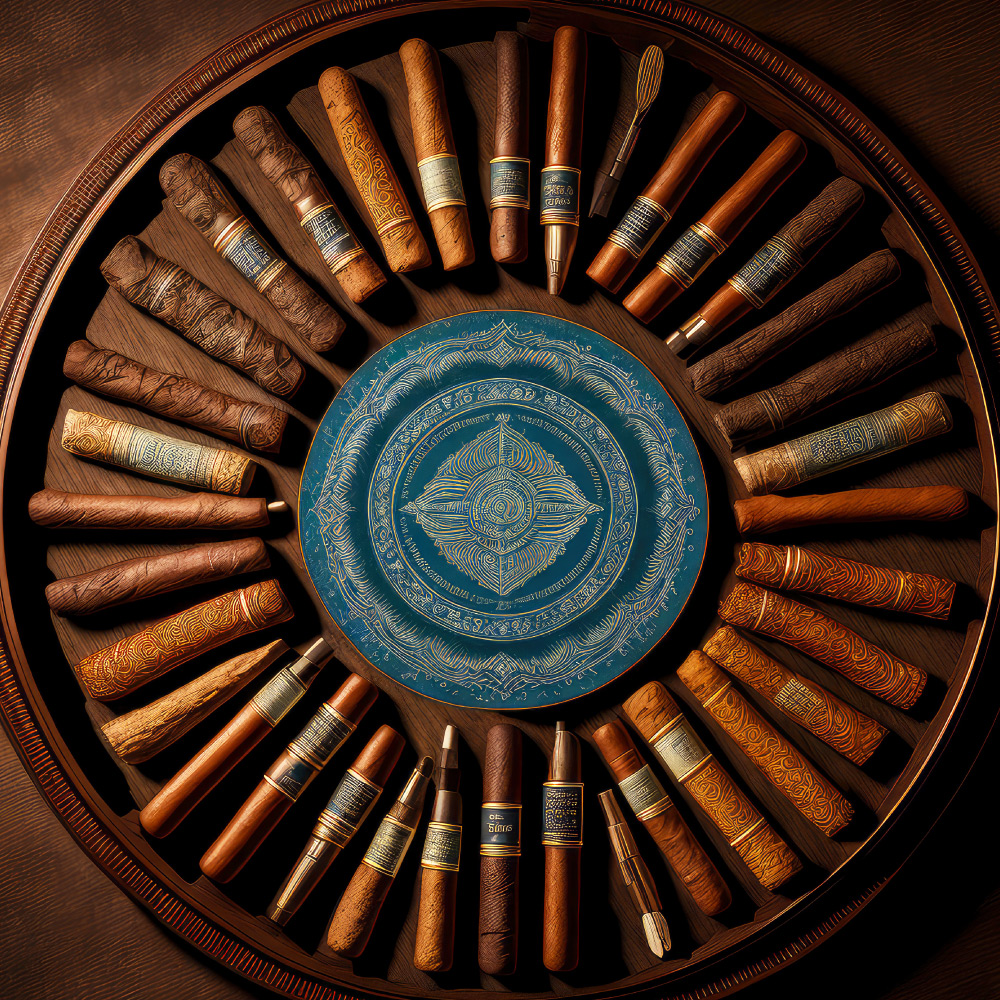Examine the markings on the cigar box for authenticity.
When inspecting a cigar box, there are several key indicators to consider. Upon purchase, the cigar boxes are often the first thing you encounter. To determine their authenticity, observe the following details:
- Look for the Habanos seal: Genuine Cuban cigars will bear the Habanos seal located at the top right-hand corner of the box. Additionally, if the cigars were packaged after 2010, a hologram logo reading “Hecho en Cuba” or “Made in Cuba” should be present in the same corner. The replication of this seal is challenging, so many counterfeit Cuban cigar manufacturers omit it. Therefore, the absence of this seal may indicate fake cigars.
- Examine the box material: Authentic cigar boxes are typically made of traditional wood rather than glass or plastic. Inspect the wood carefully, as genuine boxes often have engraved or stamped phrases on the bottom. Look for phrases such as “Hecho en Cuba” (Made in Cuba), “Totalmente a mano” (Totally handmade), and “Habanos S.A.” Counterfeit boxes frequently contain misspelled versions of these phrases.
Locate the Cuño stamp on the cigar box.
The Cuño stamp can be found at the bottom of the box, beneath all other information. It contains two different codes that provide insight into the cigar’s production date. If you cannot verify the Cuño code, there is a high likelihood that the cigars are fake.
Compare the cigar band to known authentic Cuban cigars.
Every individual cigar is adorned with a band, and counterfeit cigars often have bands that closely resemble the real ones. To verify the authenticity of a cigar band, it is best to compare it directly to a known authentic cigar of the same brand. Look for discrepancies such as spelling errors, missing words or letters, and variations in logos.
Authentic Cuban cigar bands are typically of high quality and often feature embossing, giving them a textured appearance. This meticulous craftsmanship requires time and resources, which many counterfeit brands do not invest in. Therefore, if the band appears flat and plain, it is likely a fake.
Ensure the cigar exhibits uniformity and symmetry.
The physical characteristics of the cigar itself can provide valuable clues. Cuban cigars are renowned for their consistent size, shape, and overall symmetry. The colors of the tobacco used in the cigar should also be uniform throughout. Furthermore, the head or top of the cigar should possess a three-seam cap and display an angular shape.
White cigar ash may indicate a counterfeit Cuban cigar.
One of the most reliable methods to identify a fake Cuban cigar is to observe the ash produced while it burns. Genuine Cuban cigars have a slow burn, resulting in ash that is grayish in color, resembling salt and pepper. In contrast, non-Cuban cigars tend to produce ash that is brighter or whiter. This disparity in ash color serves as a distinctive indicator of the cigar’s origin. However, it is essential to note that the ash color has no bearing on the quality of the cigar itself.
Information from the sources below
https://findycigars.com/blogs/news/how-to-spot-a-fake-cuban-cigar
https://www.cigaraficionado.com/article/10-quick-ways-to-spot-a-fake-cuban-cigar

